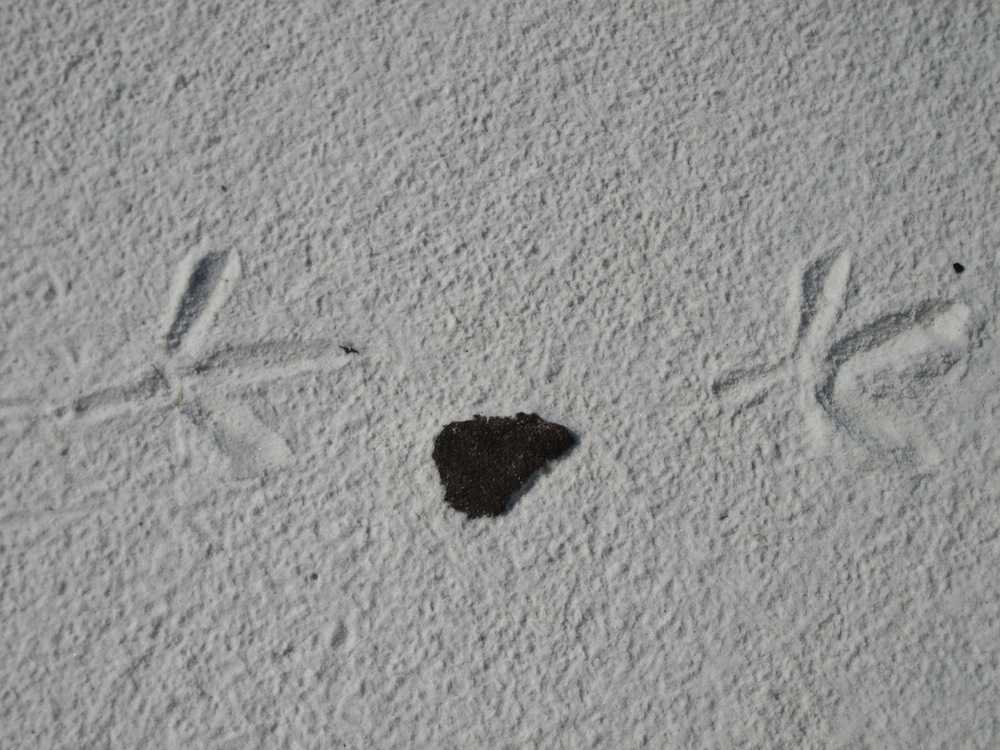Deepwater Horizon: Images of an Impact
Studying the Spill.

U.S. Geological Survey (USGS) scientists collected environmental data and samples in coastal areas affected by the 2010 Deepwater Horizon oil spill in the Gulf of Mexico. Samples of water, sediments, benthic invertebrates, and microorganisms were collected by the USGS at beach, barrier island, and wetland environments of the Gulf of Mexico coastal states before and after petroleum-associated product arrived on shore. In this photo, a sediment core is collected at at Henderson Beach State Park, Florida, by a USGS scientist from the Florida Science Center.
Oil Boom

A seabird perches on a boom meant to keep floating oil away from vulnerable shorelines.
Footprints in the Sand

Bird footprints over tarball, taken on 19 Aug 2010, Mississippi Sound (Petit Bois Island).
Dolpin Danger

"Taken on April 29, 2010, a few miles from the Deepwater Horizon epicenter. Flying along the miles of oil, we noticed many changes in its consistency," wrote photographer Ron Wooten. " Heavy crude gave way to sheen and long lines of mousse. As we flew closer to one of these areas of mousse, we noticed a great mass of creatures burst swimming through the lines, oblivious to their presence, as they would emerge through and dive into these areas of oil. Closer examination of the group showed approximately 100-150 striped dolphin, swimming with great haste through these lines."
Sign up for the Live Science daily newsletter now
Get the world’s most fascinating discoveries delivered straight to your inbox.

Stephanie Pappas is a contributing writer for Live Science, covering topics ranging from geoscience to archaeology to the human brain and behavior. She was previously a senior writer for Live Science but is now a freelancer based in Denver, Colorado, and regularly contributes to Scientific American and The Monitor, the monthly magazine of the American Psychological Association. Stephanie received a bachelor's degree in psychology from the University of South Carolina and a graduate certificate in science communication from the University of California, Santa Cruz.










